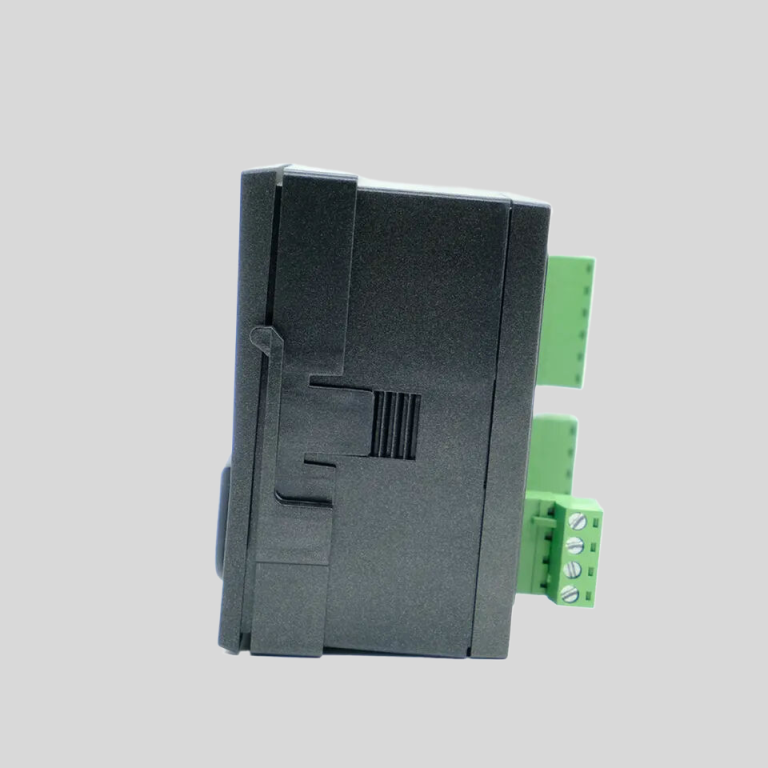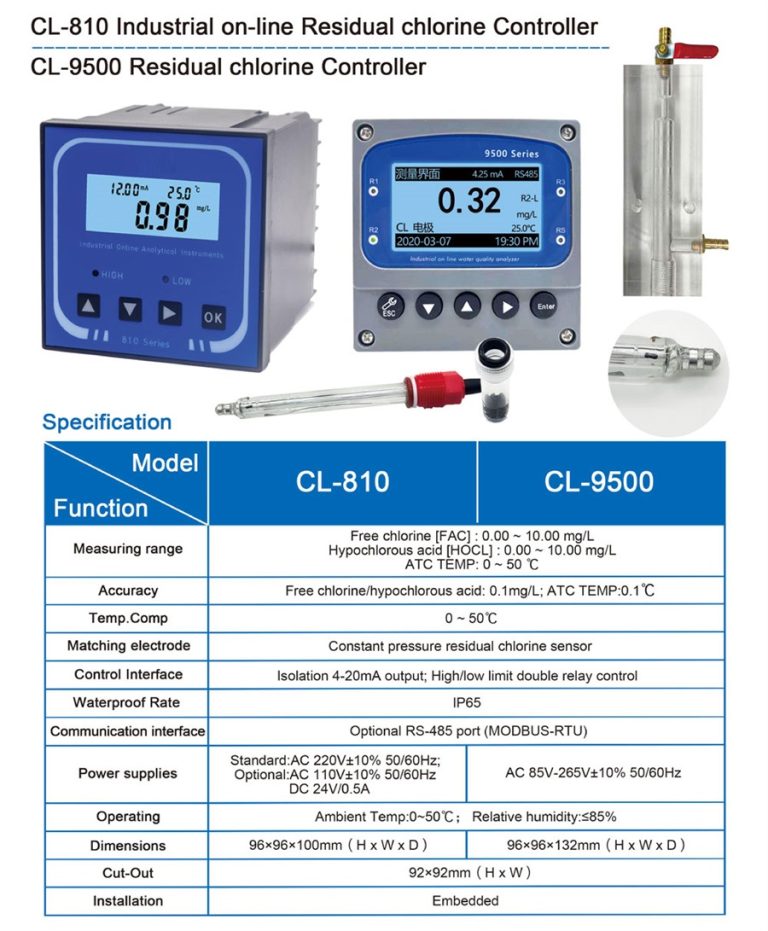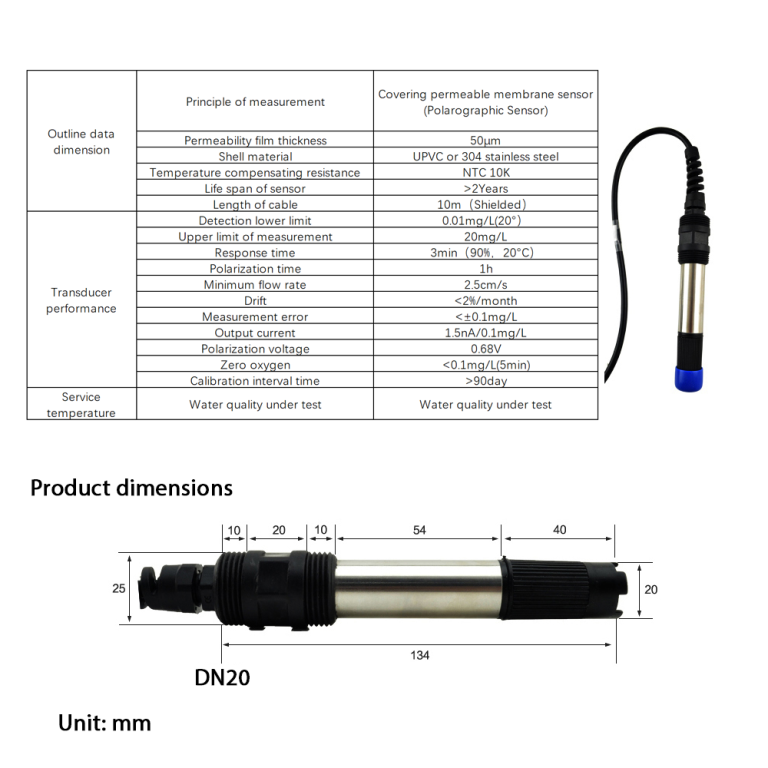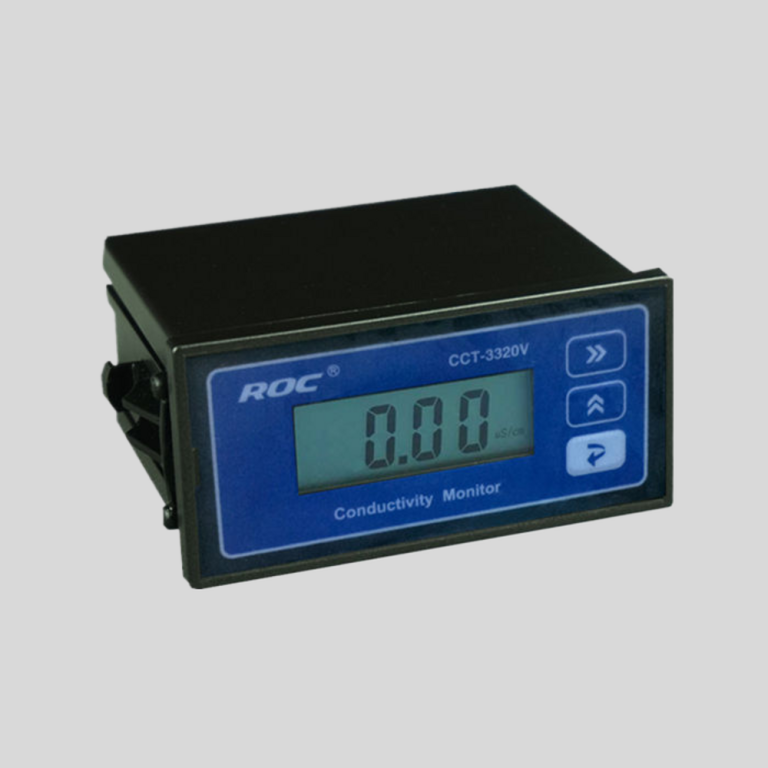Common Causes of Flow Sensor Faults
Flow sensors are crucial components in various industries, including manufacturing, pharmaceuticals, and water treatment. They are used to measure the flow rate of liquids or gases in a system, providing valuable data for process control and monitoring. However, like any other mechanical or electronic device, flow sensors can experience faults that can disrupt operations and lead to costly downtime. In this article, we will explore some common causes of flow sensor faults and how they can be prevented or resolved.
One of the most common causes of flow sensor faults is contamination. Over time, debris, dirt, or other particles can accumulate in the sensor, affecting its accuracy and performance. This can lead to incorrect flow rate readings or even complete sensor failure. Regular maintenance and cleaning of the sensor can help prevent contamination and ensure its proper functioning. Additionally, using filters or strainers in the system can help reduce the risk of contamination and prolong the sensor’s lifespan.
Another common cause of flow sensor faults is mechanical damage. This can occur due to improper installation, rough handling, or exposure to harsh environmental conditions. Physical damage to the sensor can result in leaks, cracks, or misalignment, affecting its ability to accurately measure flow rates. To prevent mechanical damage, it is essential to follow the manufacturer’s installation guidelines, handle the sensor with care, and protect it from extreme temperatures, vibrations, or corrosive substances.
Electrical issues can also cause flow sensor faults. Loose connections, wiring problems, or power surges can disrupt the sensor’s signal transmission and data processing, leading to inaccurate readings or sensor malfunctions. Regular inspection of the sensor’s electrical components, such as cables, connectors, and power supply, can help identify and address any potential issues before they escalate. Ensuring proper grounding and shielding of the sensor can also help protect it from electrical interference and ensure reliable operation.
Calibration drift is another common cause of flow sensor faults. Over time, the sensor’s calibration can shift due to factors such as temperature changes, pressure variations, or component aging. This can result in inaccurate flow rate measurements and compromise the system’s performance. Regular calibration checks and adjustments can help maintain the sensor’s accuracy and ensure consistent results. Using calibration tools and following the manufacturer’s recommendations can help prevent calibration drift and prolong the sensor’s lifespan.
| Model | NTU-1800 Online Turbidity Tester |
| Range | 0-10/100/4000NTU or as required |
| Display | LCD |
| Unit | NTU |
| DPI | 0.01 |
| Accuracy | \u00b15% FS |
| Repeatability | \u00b11% |
| Power | \u22643W |
| Power Supply | AC 85V-265V\u00b110% 50/60Hz or |
| DC 9~36V/0.5A | |
| Working Environment | Ambient temperature:0\uff5e50\u2103; |
| Relative humidity\u226485% | |
| Dimensions | 160*80*135mm(Hanging) or 96*96mm(Embeded) |
| Communication | 4~20mA and RS-485 communication (Modbus RTU) |
| Switched output | Three-way relay,capacity 250VAC/5A |
Inadequate maintenance and neglect are also significant contributors to flow sensor faults. Failure to inspect, clean, or calibrate the sensor regularly can lead to performance degradation and eventual failure. Establishing a routine maintenance schedule, documenting maintenance activities, and training personnel on proper sensor care can help prevent issues and ensure the sensor’s reliability. Investing in preventive maintenance programs and spare parts can also help minimize downtime and reduce the risk of costly repairs.
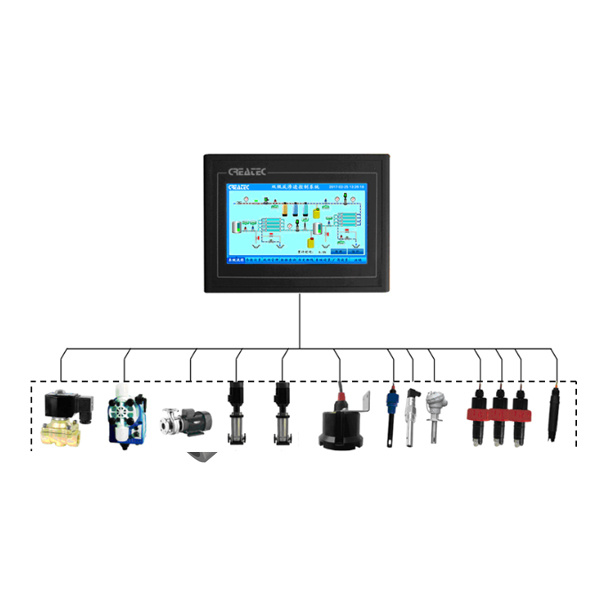
In conclusion, flow sensor faults can be caused by various factors, including contamination, mechanical damage, electrical issues, calibration drift, and inadequate maintenance. By understanding these common causes and taking proactive measures to prevent or address them, industries can ensure the reliable operation of their flow sensors and maintain efficient processes. Regular maintenance, proper installation, calibration checks, and electrical inspections are essential practices to keep flow sensors in optimal condition and avoid costly disruptions. By prioritizing sensor care and following best practices, businesses can maximize the performance and longevity of their flow sensors, ultimately improving productivity and profitability.

